Should retailers provide incentives for customers to bring their own reusable delicatessen cups?
» Packaging- Incentives for reusable cups reduce waste and promote environmental sustainability.
- Customers save money over time with discounts or rewards for using their own cups.
- Such programs can enhance brand image and customer loyalty for the retailer.
You guys think retailers should be giving perks for customers to bring their own take-home deli containers? Like, should we get a discount or some kinda bonus? I've been musing about this eco-friendly concept a bit lately and wanna know your thoughts. Interested to hear from both sides, whether customers or the merchants themselves.
I totally get where this discussion is coming from. The Earth's health is indeed our shared responsibility, and bringing our own reusable deli containers seems like a small part we can all play. However, I wonder about the practical aspects.
Retailers, especially small businesses, operate on razor-thin margins. An incentive such as a discount or bonus for customers who bring their own cup might hurt them financially. Now let's consider from a customer's standpoint. It might not always be convenient to lug around reusable containers.
So, here's an off-beat solution. What if the retailers themselves start offering more eco-friendly and biodegradable packaging? This way, customers won't have to remember to bring their own containers and the responsibility to limit waste also falls on the retail outlets. Could that be a win-win situation? Anyone thought of how this could pan out?
With our network with packaging suppliers along with a huge international network, we provide customizable logistic packaging services as per the needs and requirements of our clients, in order to maintain continuous product development and greatly reduce the spending for packaging solutions.
Hmm, while it sounds like an ideal game-plan in theory, I have my doubts. How exactly are retailers gonna absorb the cost of offering incentives? And are customers genuinely gonna make the effort to bring in their reusable containers consistently? Seems like it might turn out to be more burden than benefit for both parties. Thoughts on this angle?
Well, as much as I support and appreciate the sustainability angle here, I do have some reservations about it. Ask yourself this – how practical is it to carry around deli containers daily? Or how about the hygiene factor in this? How many of us would ensure these containers are kept up to the cleanliness standards required for food storage? And not to be a downer but aren't we kind of shifting the responsibility from businesses to customers here? They should do more in terms of finding environmentally friendly packaging solutions rather than relying on customers to provide their own alternatives. It's really not as simple as it seems, right? Let me know what you guys think.
Interesting thoughts, all. Could be a great cue for retailers to step up and take lead in eco-friendly practices. Let's see how it unfolds!
Interesting points everyone! But may I just throw a wrench in the works? Have we considered how we'd clean these reusable containers from a public health standpoint? If we're prepping food in them, would we trust people to maintain a good standard of cleanliness? And what happens if someone gets food poisoning and blames the store, even if it came from their not-so-clean reusable container? Sound off your thoughts guys, I'm curious to hear what you all have to say!
Hate to be that guy, but... isn't this just another impractical, grand-sounding idea bound to flop in reality?
A worthy topic indeed, folks! But I'm wondering, would customers recognize this as a push for sustainability or just see it as a retail ploy to cut costs? I mean, will they see the bigger picture or just the upfront inconvenience? Is it appropriate to sort of pass the problem onto the consumer to solve? Or should institutions take greater accountability for dealing with their own waste production? Thoughts?
Expanding further, there's the logistics side to look at. How will stores manage the process of customers bringing in their own various-sized containers? There could be challenges in terms of the checkout process, like how to accurately tare the weight and price the product. Plus, from the customer's side, it's not just about remembering containers but also about potential cross-contamination with different food types. There's a lot to iron out before this can become a seamless process. Maybe there's a need for some standardization in container sizes or materials to make it more viable for both parties? What do you all reckon?
So, what if stores just set up a deposit system for containers? Drop it off, grab your grub, get your cash back later. Could that work?
Maybe we're missing a simple fix here. How about retailers offering reusable containers for purchase at the counter? That way, if someone forgets theirs, they can still participate without a hitch.
- Do you think society can fully transition from plastic bags to more sustainable options? If so, how long do you think it would take? 10
- How often do you choose paper shopping bags over plastic or reusable bags, and why? 11
- How are companies tackling the issue of micro-packaging and its environmental impact? 3
- How are brands using packaging to enhance the collectibility or limited edition appeal of products? 3
- How does packaging design cater to the evolving lifestyle of digital nomads? 1
- How do you dispose of your delicatessen cups, particularly if they are made from mixed materials? 13
- How are companies integrating feedback from crowd-sourced or community-driven design initiatives into packaging? 3
- How can we optimize the packaging for better logistics and distribution? 18
- How are QR codes and NFC technology enhancing the user experience with packaging? 1
- How are brands addressing the growing consumer demand for zero-waste or minimal-waste products through packaging? 3
- What are the challenges of using biodegradable materials in packaging? 362
- What are the latest technological advancements in packaging machinery? 289
- Are there any concerns regarding the food safety or longevity of bread stored in paper bags with windows? 282
- Can you share some tips on how to reduce the use of consumable materials? 277
- What are some challenges you have faced with automotive packaging, and how did you overcome them? 274
- What's the process for quality assurance in our packaging production? 270
- How would you improve the current design of paper shopping bags to make them more user-friendly or sustainable? 269
- How does the feel and usability of HDPE bags compare to other materials such as paper or fabric? 266
- Have you encountered any problems when using paper shopping bags in certain weather conditions? 264
- How do you balance the need for protection and efficiency in your internal packaging processes? 257
Blog Posts | Current
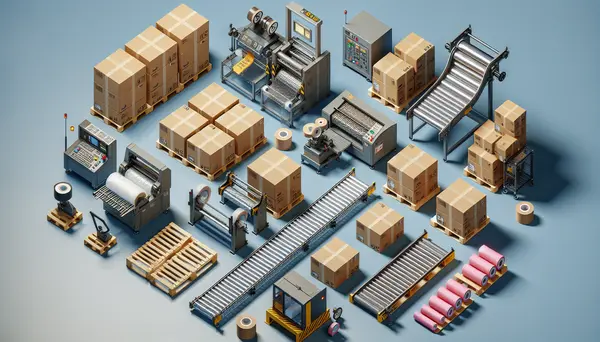
Industrial Packaging Production: A Cornerstone of Modern Manufacturing
Introduction Packaging is an indispensable part of any industry, providing a protective shield for products during their journey from the production...
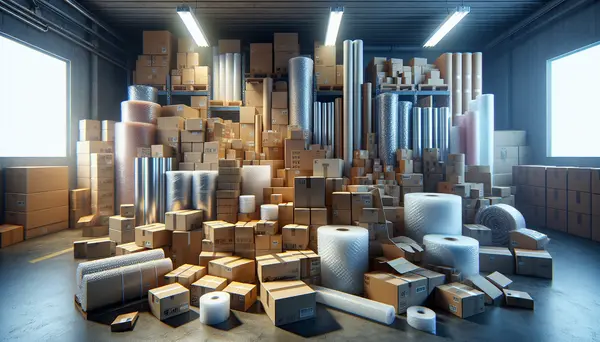
Understanding Packaging HSN Codes
Introduction to Packaging HSN CodesWhen it comes to the realm of packaging, understanding the complexities and details can often be...

Negotiated Price vs. Demand Quantities: A Detailed Examination
Price negotiation and demand quantities are two significant factors affecting both the supply and demand of goods in the market....
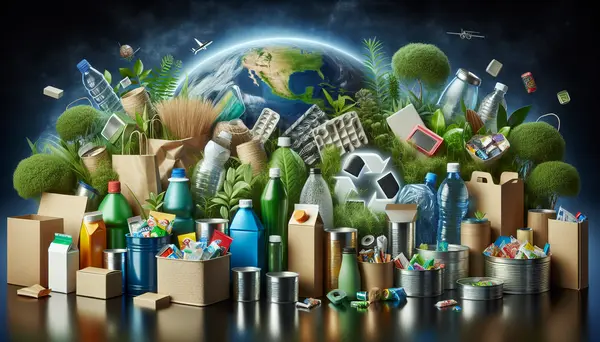
Recycling in Packaging: A Sustainable Approach for a Greener Future
Introduction Packaging is an integral aspect of every product that we consume or use. However, the growth in consumerism and the...
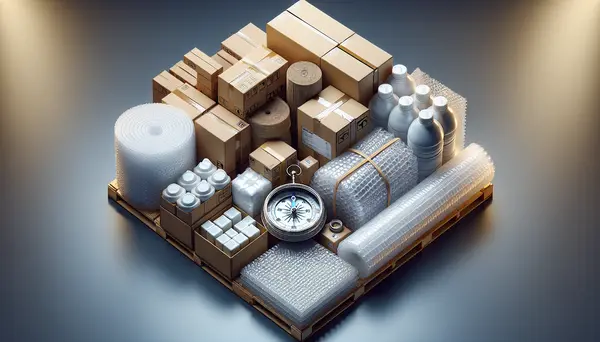
Navigating Packaging Regulation: Compliance and Industry Insights
Understanding Packaging Regulation: A Brief OverviewThe world of packaging regulation can be a complex maze to navigate. However, understanding these...
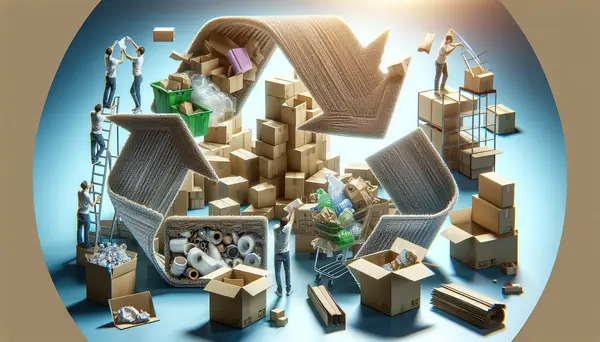
Effective Strategies to Minimize Packaging Waste
Understanding the Importance of Minimizing Packaging WasteIn an increasingly consumer-driven society, the growing problem of packaging waste cannot be ignored....
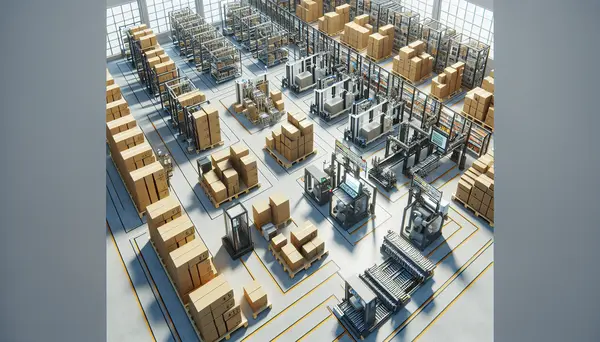
Efficient Solutions for Managing a Packaging Warehouse
Understanding the Basics of a Packaging WarehouseFirst things first, let's delve into the basics of a packaging warehouse. Essentially, a...
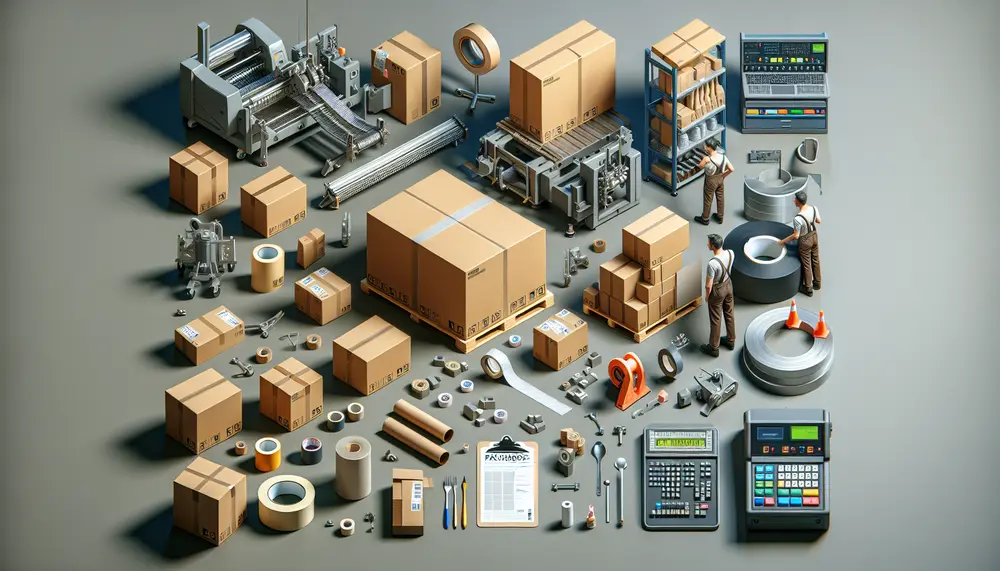
Becoming a Packaging Operator: Skills and Responsibilities
Introduction to the Role of a Packaging OperatorStarting a career in the packaging industry can be an exciting opportunity, especially...
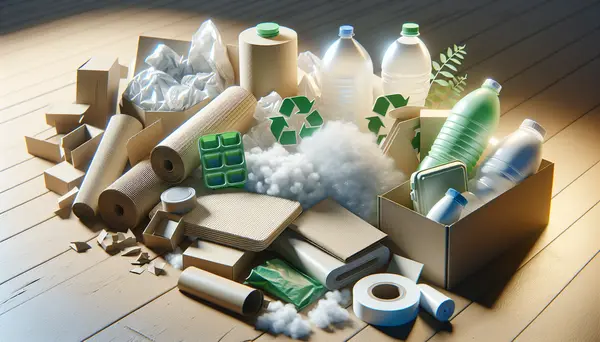
Sustainability in Packaging Design
Introduction As environmental concerns continue to gain prominence in public and corporate consciousness, the topic of sustainability in packaging design has...
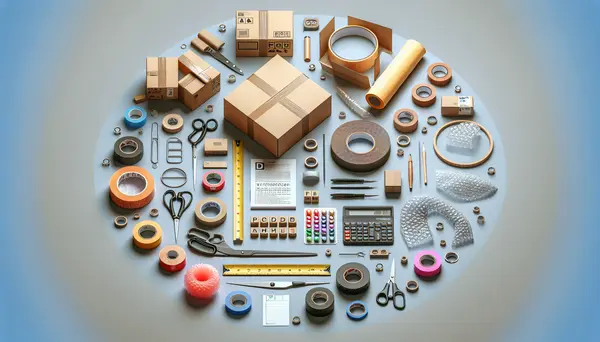
The Cornerstones of Effective Packaging Design: Key Rules to Consider
Introduction Packaging design is far more than a mere protective cover for a product. It is a potent communication tool that...

